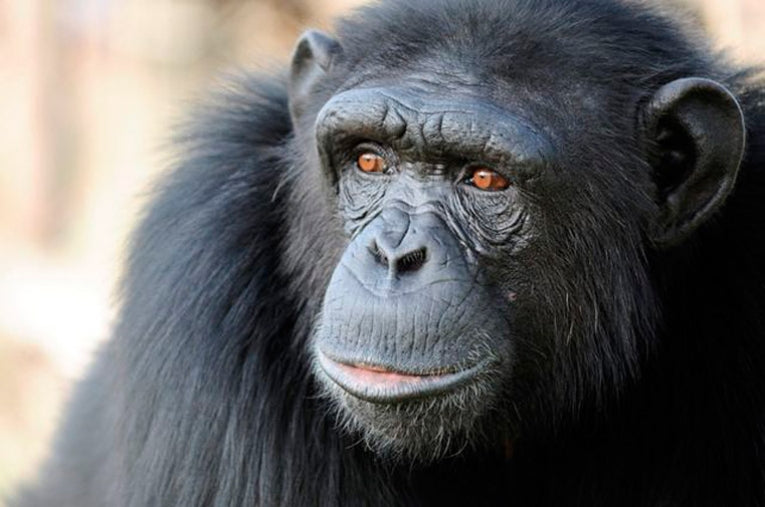On July 1st Mona will celebrate ten years of rescuing Chimpanzees. The charity was set up by veterinarian Olga Feliu in 2000 to initially to provide a home for some half dozen chimps who had been living appalling conditions in two metre square cages in the back of a truck, but it has expanded to create a proper chimpanzee environment for damaged animals which have been kept as pets or used in the entertainment and circus industries. Chimpanzees are our nearest relative, and share many of our own traits: the need for family and companionship, a desire for status within the group, and sometimes volatile personal relationships with other chimps and the humans they encounter. It is now thought that chimpanzees feel and express a wide range of emotions, just like us.

Dr. Lorraine Docherty, director of the UK branch of the charity gave Earthtimes an exclusive interview about the history and future of MONA. "Our objective is to rescue and rehabilitate primates which are suffering in captivity. Our main focus is chimpanzees. We do have a small colony of Barbary Macaques but we do not like to take on too many species as it is quite specialised and our main expertise is in Chimpanzees." After founder Olga Feliu had rescued the chimps from the back of the truck, MONA managed to secure funding to create a sanctuary in Girona, Spain. Since then MONA have rescued around 15 Chimps from all over Europe. At the moment they have 12 Chimpanzees, and the sanctuary has grown: they now have a research department, where Dr. Docherty says, "We do respectful behavioural research so we can improve the living conditions of chimpanzees in captivity."

They are currently starting to integrate three new chimps into the sanctuary, Tom, Coco and Bea, who had been pets in a private residence; although they had been treated well, they were living in what Dr Docherty describes as "sub-optimal conditions." It is a complicated and often difficult process to gradually bring chimpanzees who have been "outsiders" to normal chimp society and may have been mistreated, into one of the two groups in the sanctuary - the Male Group, or the Family Group. This may take anywhere from weeks to months depending on the way the animal is coping with the adaptation.
etadshow234 -->Dr Docherty says they had one chimp called Victor who had been kept on his own in a park in France for about 15 years and "He didn't handle the process very well at all. He didn't understand chimp vocalisations or facial expressions. He didn't understand dominance, he only had one vocalisation of his own, which was a grunt. When he was with the group he panicked, so we had to take him out and take that more slowly. It took about a year to rehabilitate him, but now he's happy, he's integrated, he's social. It can take a long time but we have found that there is no such thing as a chimp that cannot be rehabilitated."

The plan is to keep Tom separately caged so he can hear and see the other chimps in the sanctuary, then bring in the two females, Coco and Bea, then gradually get them all to integrate with the two groups of chimps: Tom will probably go with the Male Group while the females will likely join the Family Group.

MONA needs to raise money to continue working with these three new arrivals, and is holding a fundraising celebration at Cambridge University Zoology Museum on July 1st 2011 from 6-10 pm.
The evening will be hosted by Dr. Scott Miller, writer, TV vet and presenter and our patron and will include talks by Olga Feliu, the founder and director of MONA, and Prof. William McGrew, world renowned primatologist and author. Lynsey de Paul, the award winning songwriter, and a passionate animal conservationist will be presenting the charity auctions. Tickets cost ï¿¡30 each (ï¿¡15 for students and pensioners) and the proceeds will go directly to supporting MONA's sanctuary in Spain.
Tickets are on sale now from: info@mona-uk.org
Link:
All images © and courtesy of MONA










